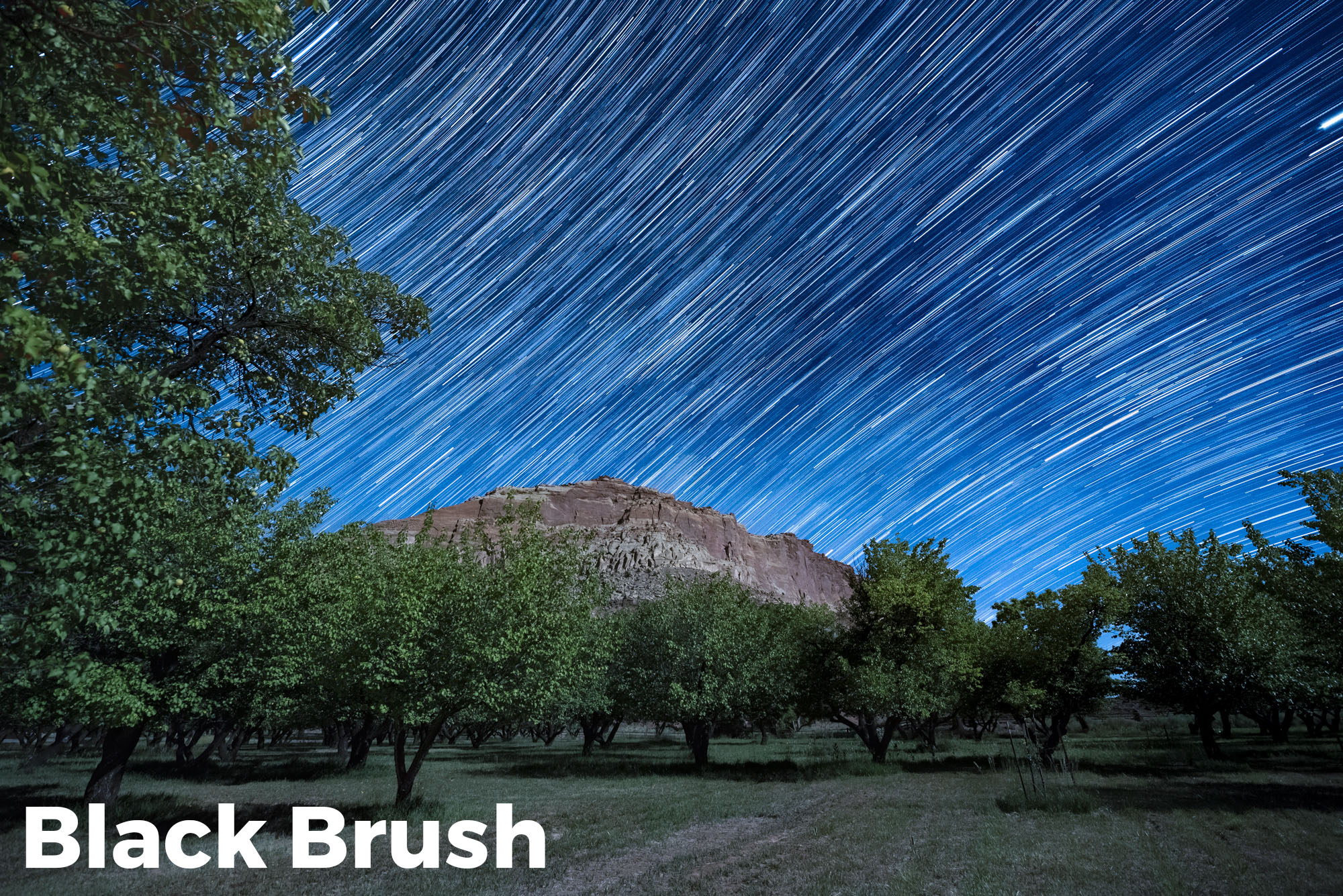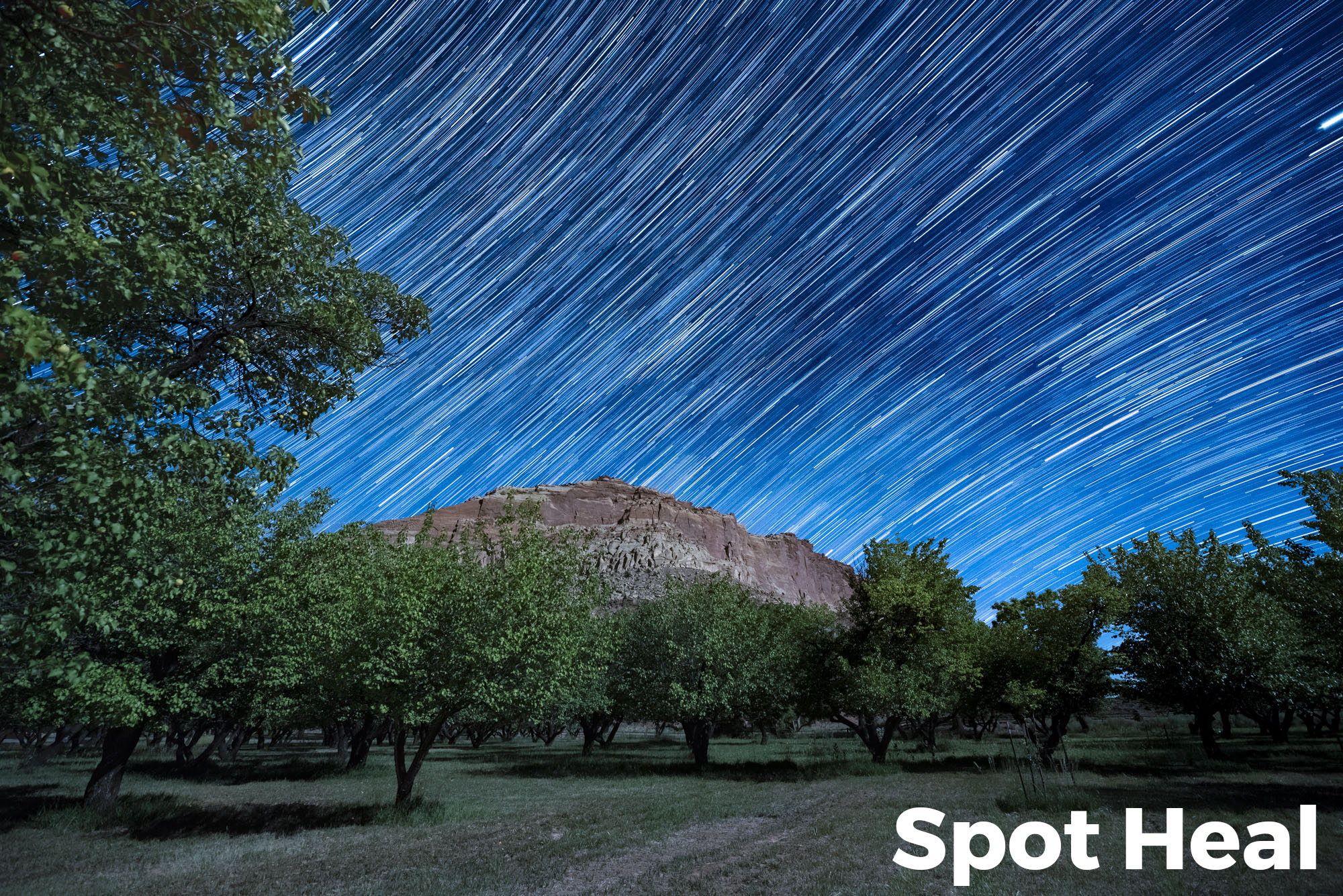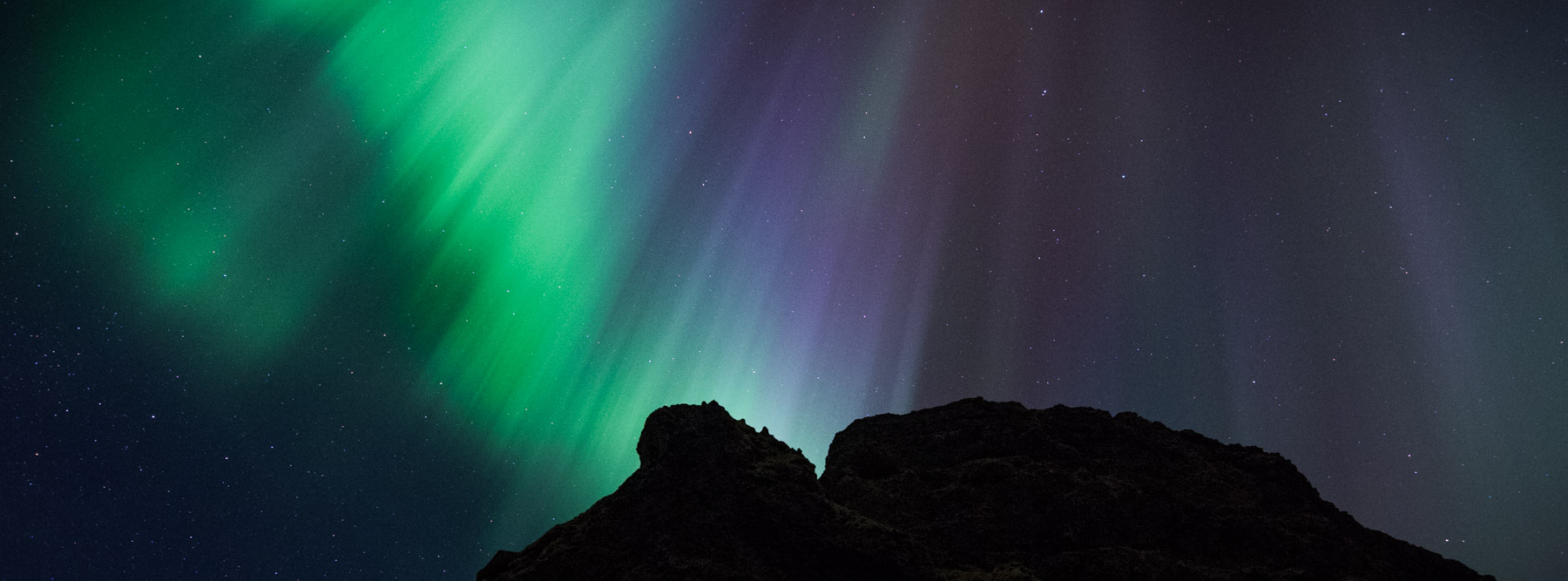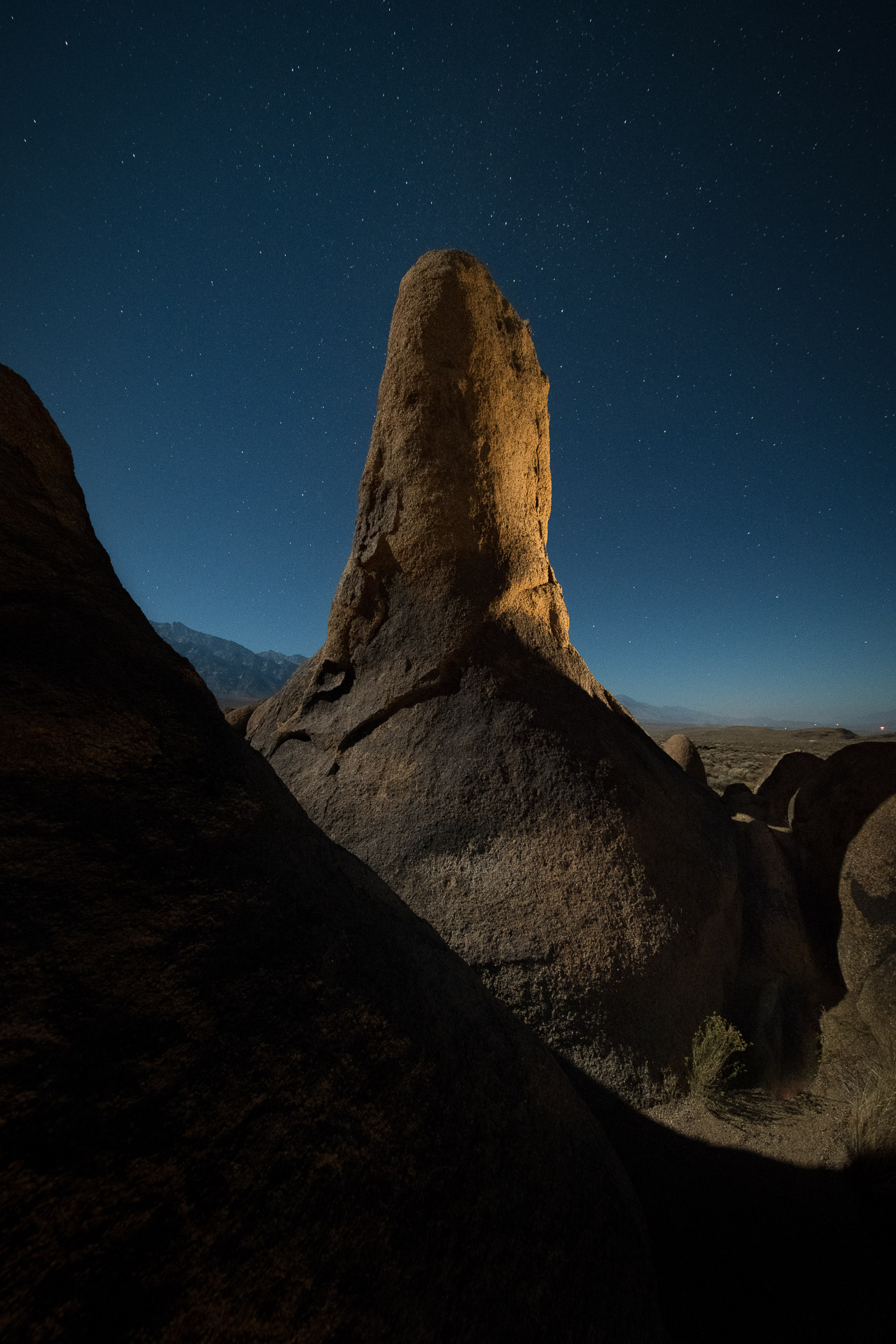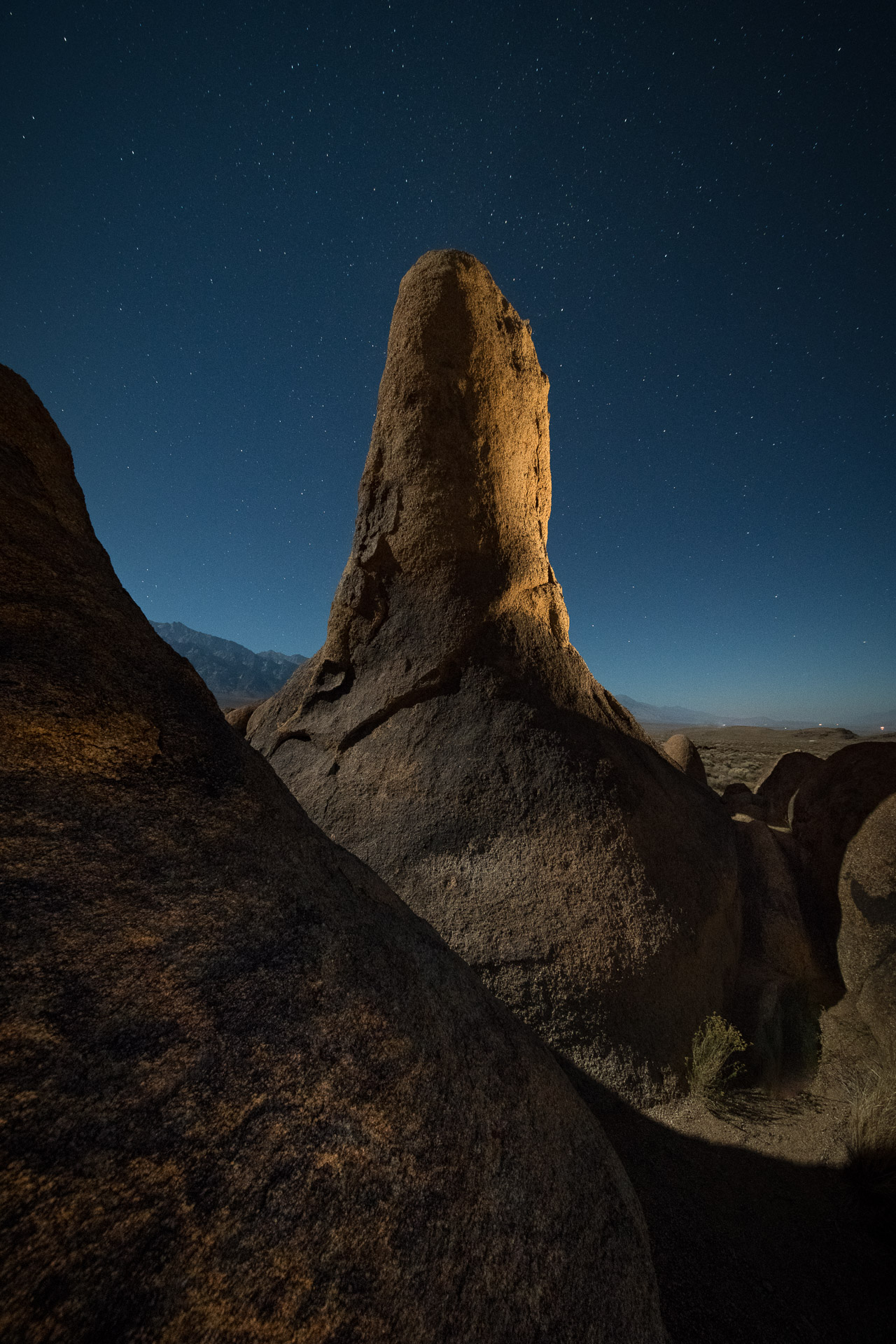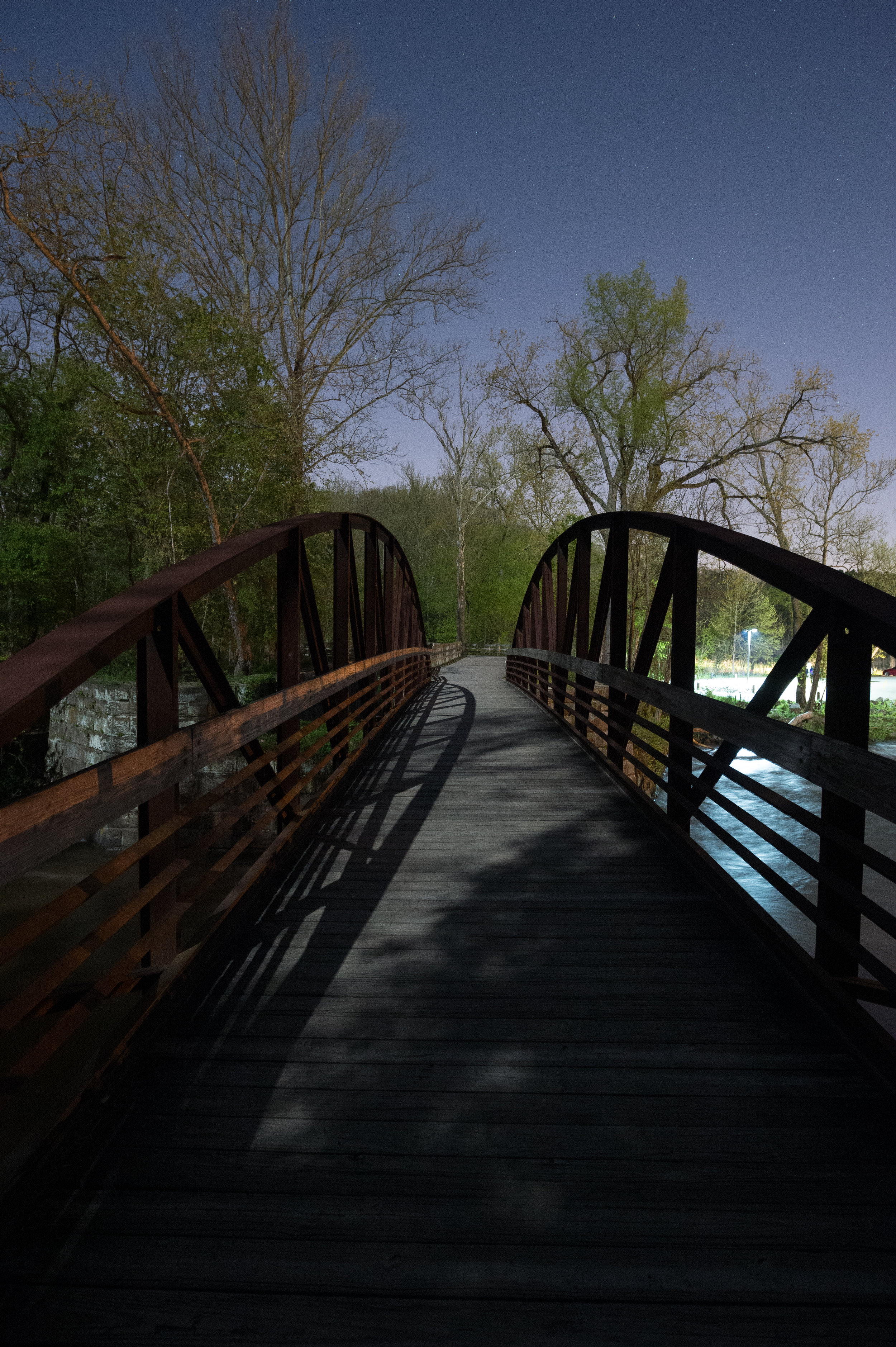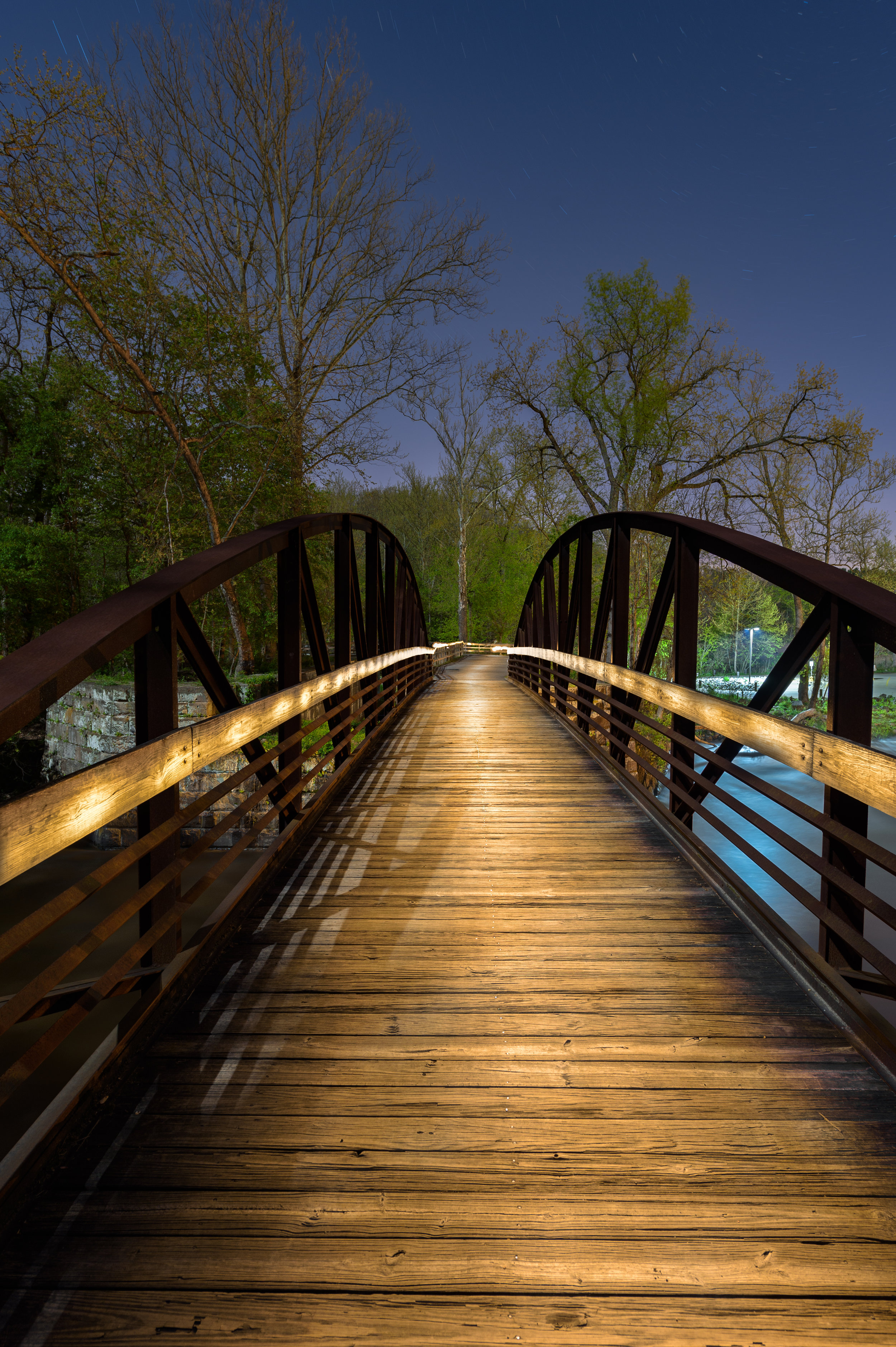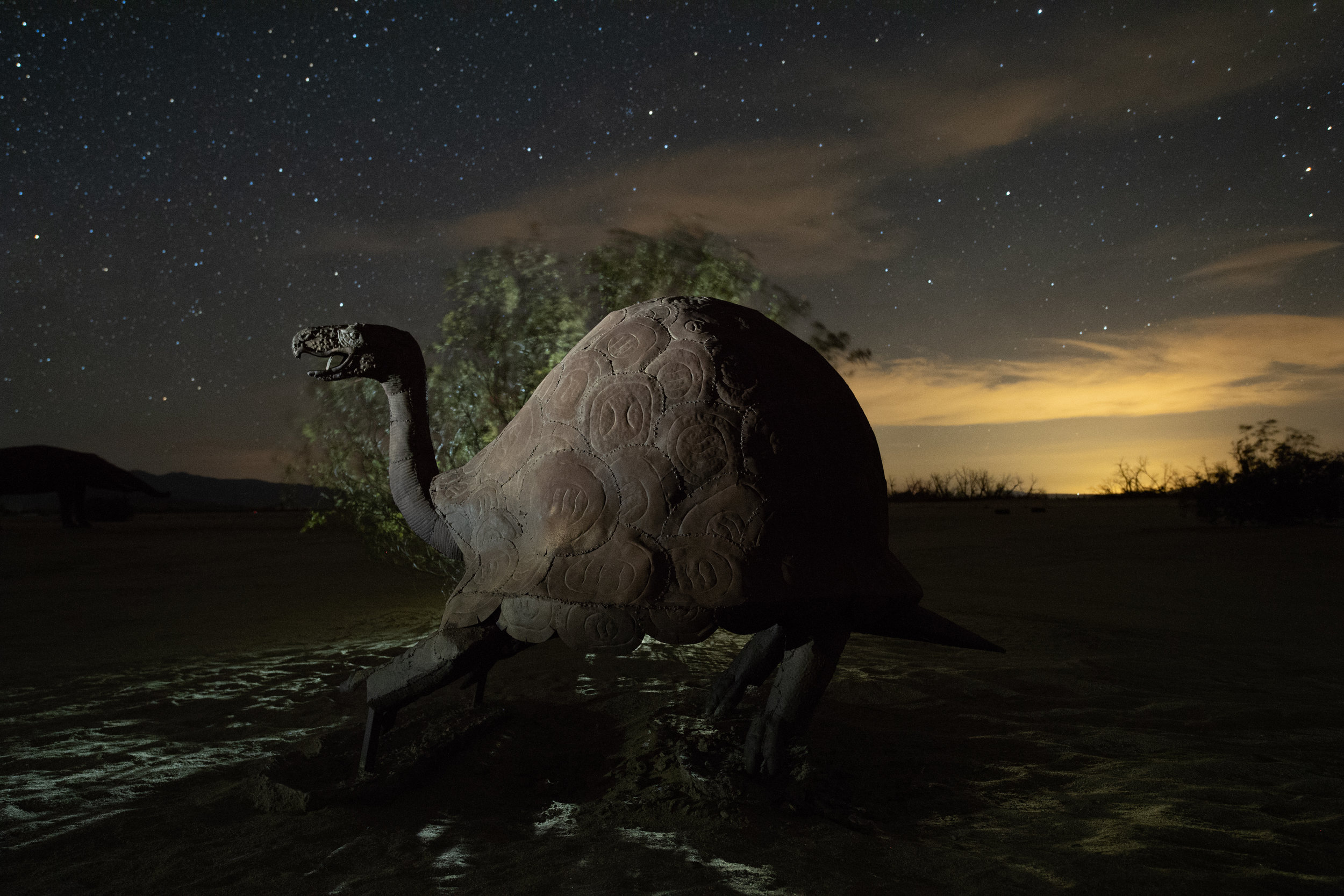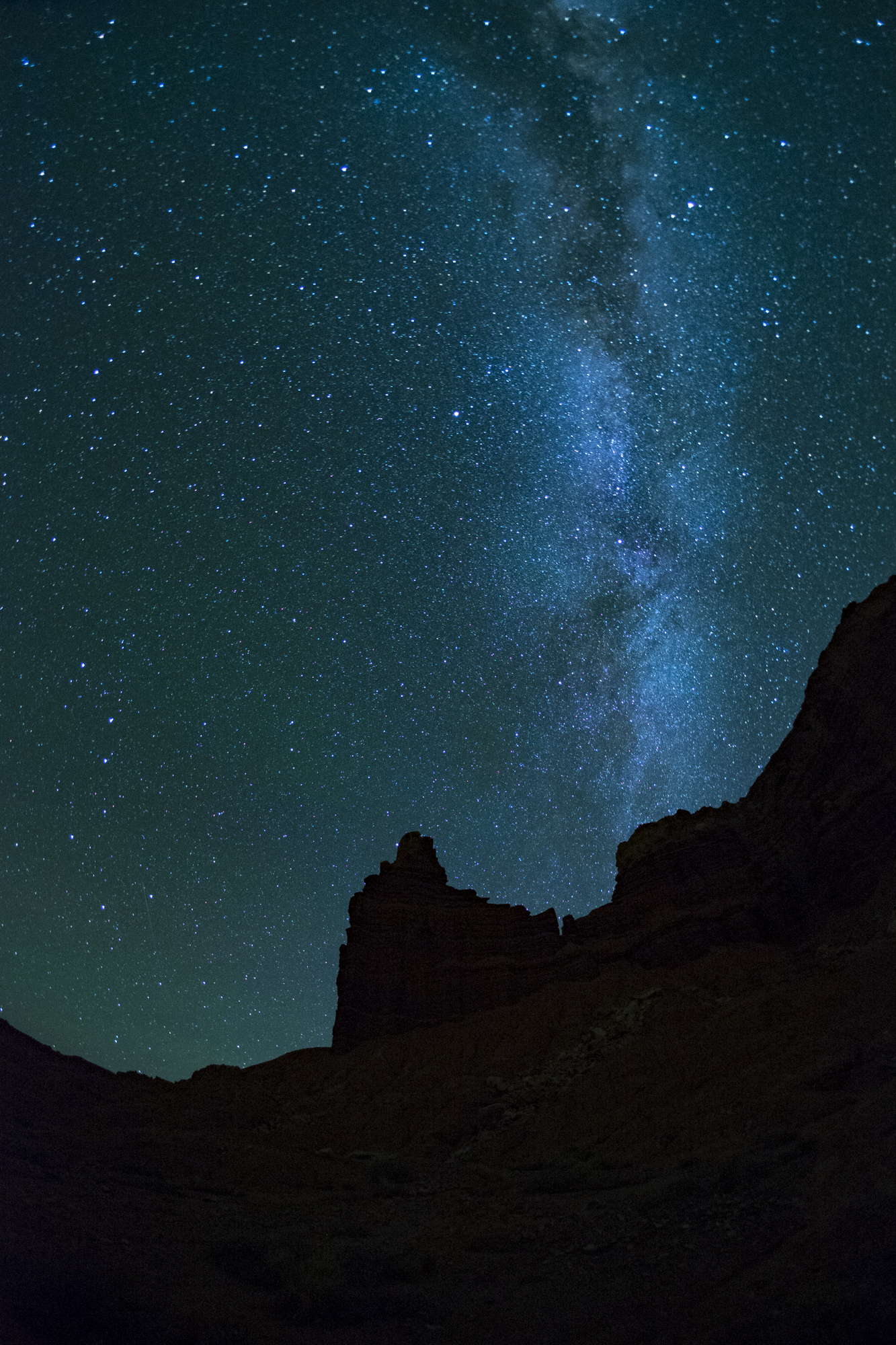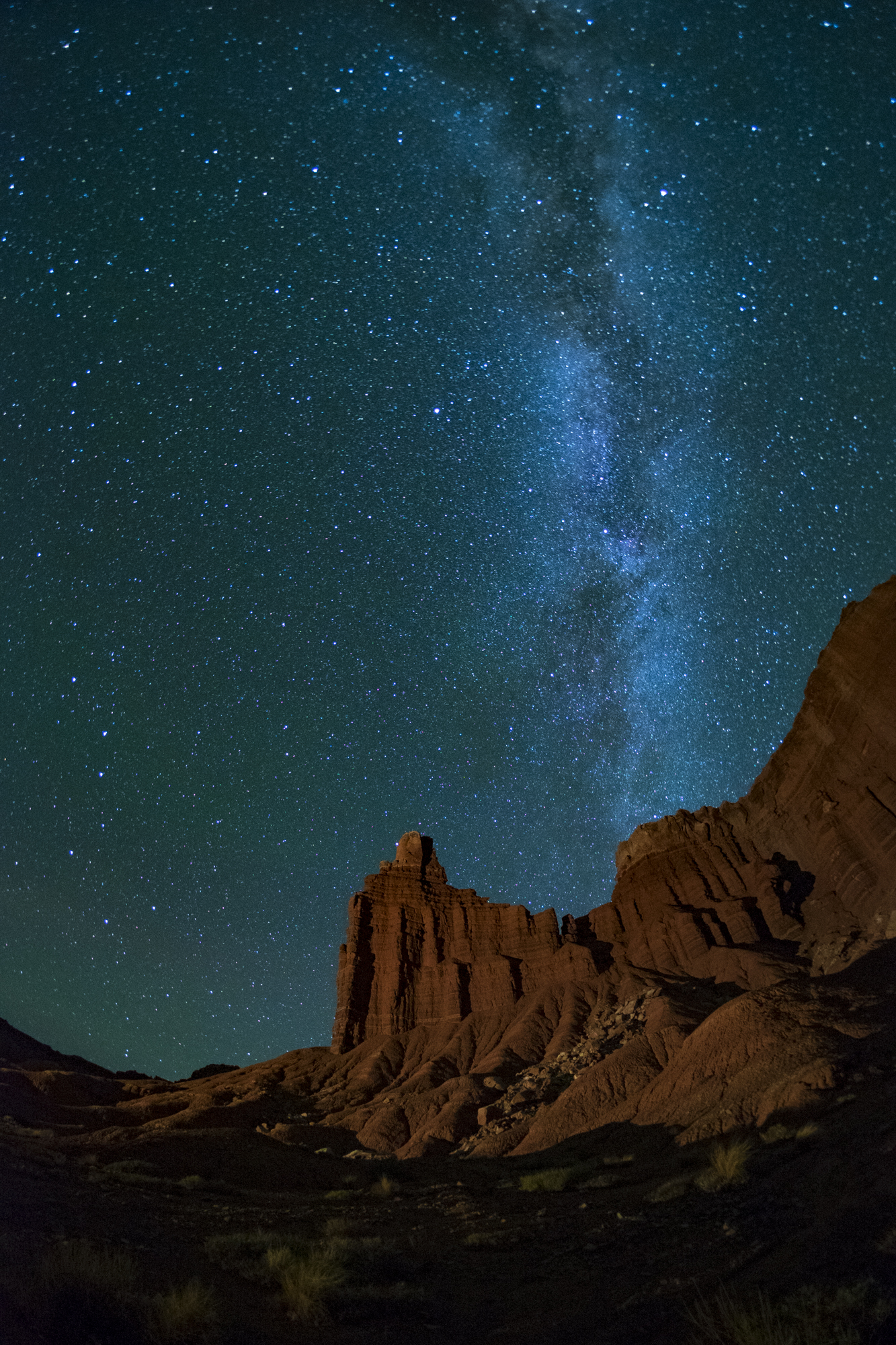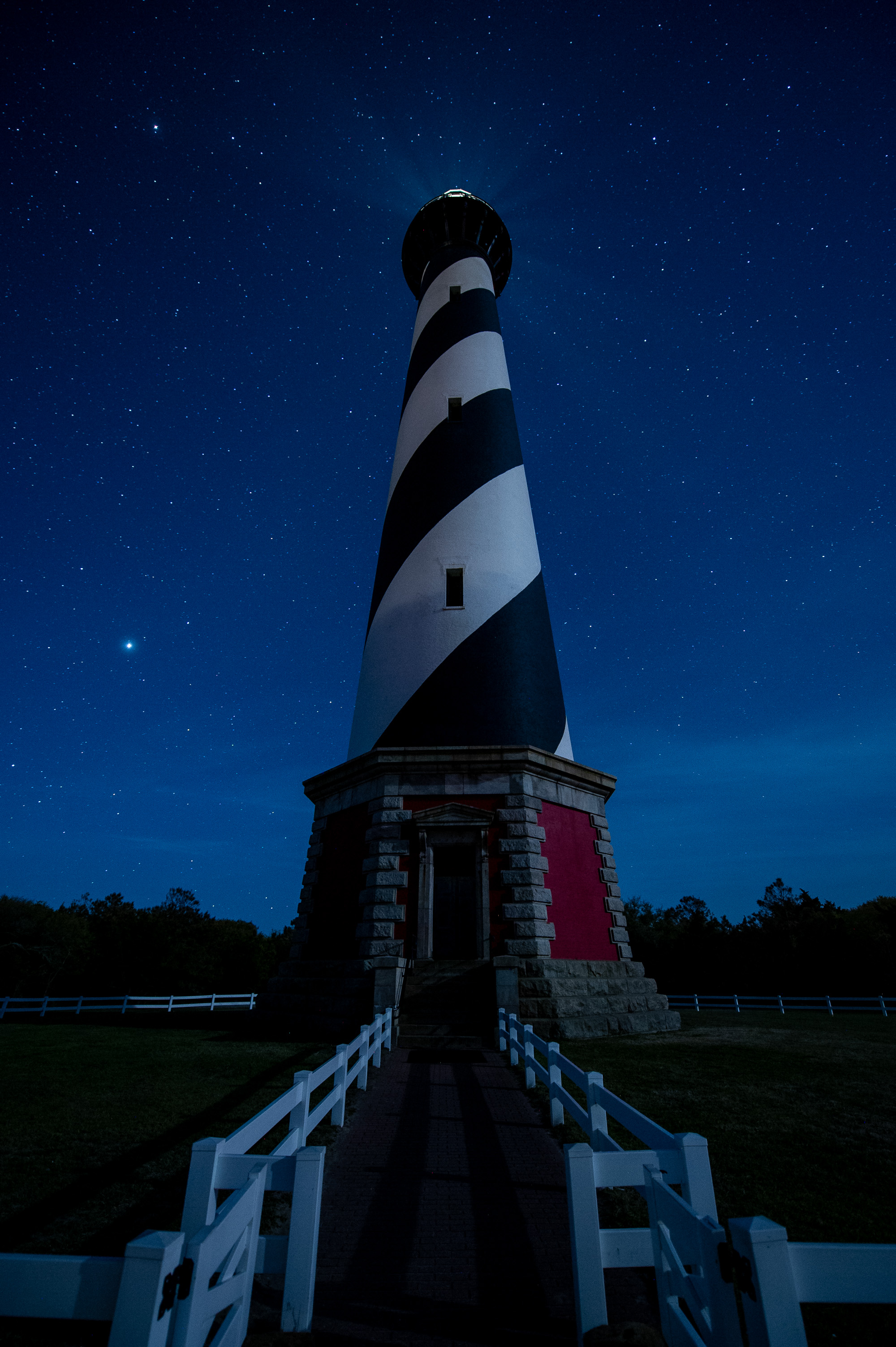Analyzing classic photographs can be an effective way to progress in one’s own work. The key is not to simply mimic someone else’s great ideas, but to use the knowledge that comes with reproducing the work of masters and move on to create something new. With this in mind, National Parks at Night's Lance Keimig offers this ongoing series highlighting some of the early masters of night photography. We'd love to see any photographs you create after learning more about the pioneers of this niche—please share in the comments section!
In his book Conversations With Picasso, the famous Hungarian night photographer Brassai tells of how Picasso came to nickname him “The Terrorist” because of his use of explosive magnesium chlorate flash powder to illuminate his photographs. Brassai certainly was not shy about his generous use of the smoky, smelly substance, but perhaps the lesser known photographer Jessie Tarbox Beals is better deserving of the moniker.
Jessie Tarbox Beals, c. 1905
Beals is known as the “first woman news photographer,” and the “first woman night photographer,” and was also one of the first female photographers to use flash powder. In 1905, the New York American reported:
The explosion of an over-charge of flashlight powder set off by two photographers, one of them a woman, just as crowds were poring out of the Garrick Theatre, caused tremendous excitement and considerable damage. Windows in several houses were broken, scores of families, brought out of bed by the detonation, which rang through three blocks, came scurrying into the street, some of them in their bedclothes. The theatre patrons were panic-stricken, and there was a stampede to get out of the neighborhood. The photographers were trying to get a special group coming out of the theatre, from a stoop across the street, when the explosion occurred. Two pounds of flashlight powder, four times the usual amount, is alleged to have been set off.
It was difficult for any photographer to estimate the amount of powder needed to light up a space outdoors. Despite their severe shaking up, both the man and the woman recovered sufficiently to lose themselves in the crowd and get away. … Palmer Hunt, who lives at 70 West 35th Street, whose windows were wrecked, said that he thought that the explosion was due to an attempt on his life. He said that he is a strike-breaker, and at the head of the Iron Worker’s Ass’n, a non-union organization. Investigation proved however, that the entire disturbance was due to a no more serious disturbance than that which lay behind the effort of the photographers to get their coveted picture.
And all these years since 9/11, I’ve been wondering what photographers had to do with terrorism every time I get rousted by the cops or an over-zealous security guard. Turns out I can blame it on Jessie Tarbox Beals!
Beals was born in 1870 and died in 1942, which made her a close contemporary of Alfred Stieglitz. While Stieglitz left a larger legacy, Beals was a remarkable woman whose drive and spirit enabled her to succeed in a challenging profession against significant odds.
Throughout her career, Beals worked with an 8x10 view camera, even at night. A large view camera is cumbersome even in the daytime, but is exceedingly difficult to work with in the dark. Her basic kit consisted of camera and lenses, a bulky wooden tripod, holders, and heavy glass plates that weighed about 50 pounds.
Like most women of her day, Beals had to work at least twice as hard as men to make any headway, and she worked tirelessly to make ends meet. She often made speculative images of events and sold 8x10-inch contact prints for 60 cents apiece!
There are relatively few mentions of night photography in Beals’ papers, nor in her 1978 biography written by Alexander Alland, but there is plenty of photographic evidence.
The archive of her work at Harvard University’s Schlesinger library contains well over 100 prints of nocturnal images that span Beals’ photographic career. She photographed New York at night at the same time as Stieglitz and his followers, but primarily as a journalist. Her images were sharp and in stark contrast to the soft focus dreamscapes of the pictorialists.
Sadly, we will never understand her motivations to photograph at night, nor how she initially happened upon night photography in the first place. Stieglitz and his colleagues had been photographing in New York since about 1895, and there is some evidence that Beals was aware of Stieglitz and certainly his 291 Gallery where many of the pictorialist’s night images had been shown.
Beals took many night views of the pavilions of the 1904 St. Louis World’s Fair, houses lit by gaslight in Boston’s Beacon Hill neighborhood, and later the mission-style architecture of Santa Barbara after she moved to California in 1922.
Beals had trained her husband to be her assistant, and he processed her plates and made prints—but they were generally of the down and dirty variety a journalist makes on the fly for a deadline rather than as precious works of art. As in the examples shown here, Beals’ night views are generally ordinary scenes showing a record of time and place.
The significance of her legacy is more one of a pioneer than a maker of images. It’s not an exaggeration to say that Beals’ efforts paved the way for other women photographers who came after her. Alland wrote in his biography of Beals that after her success in New York, there was an increasing number of other women photographers who ironically became her competitors. It was that competition for assignments that in part ultimately led to her relocating to California. Photographers such as Bernice Abbott, Helen Levitt and Margaret Bourke White followed close behind in the footsteps and tripod holes of Jessie Tarbox Beals.
“There wouldn’t be the slightest use
For it to snow in Boston,
Because my aching pocket book
Has such an awful frost on.
I want to go and take some more
Night photos in your city,
But till some “dough” doth make a show,
I can’t, and more’s the pity.”



























